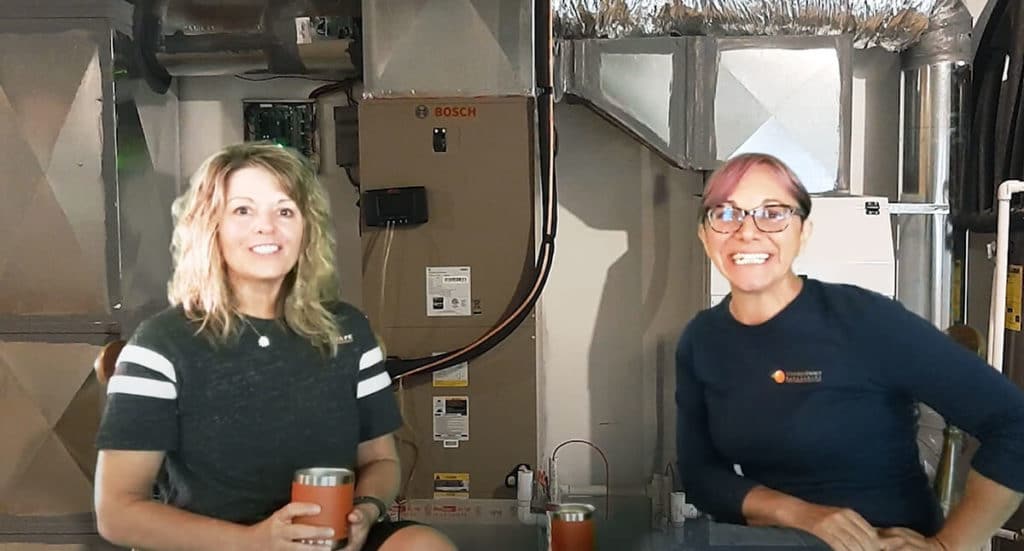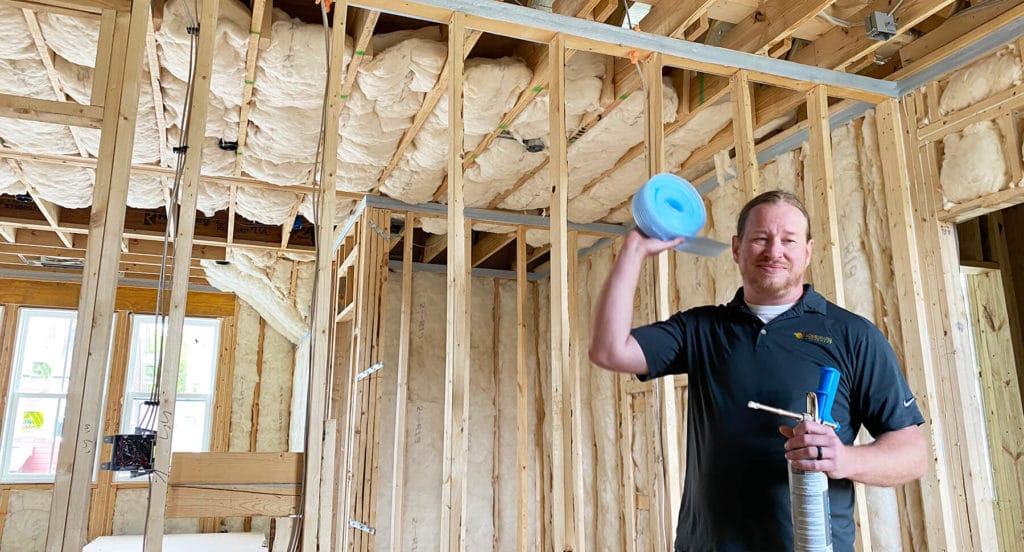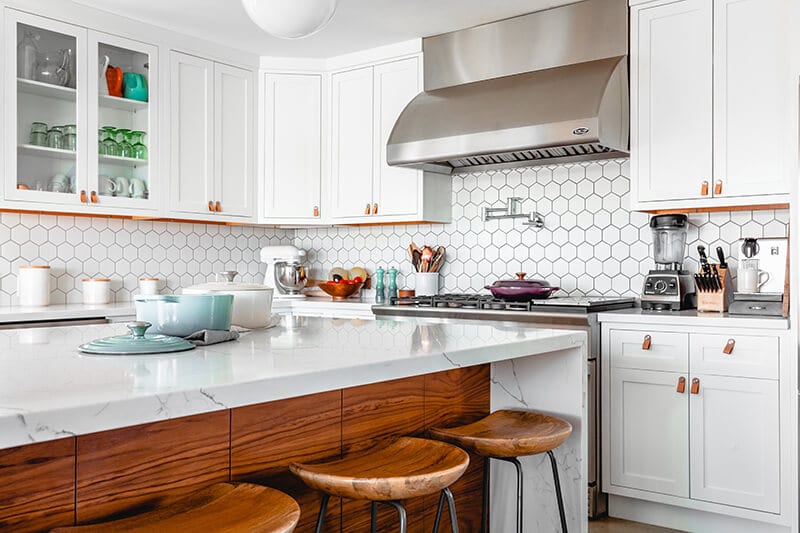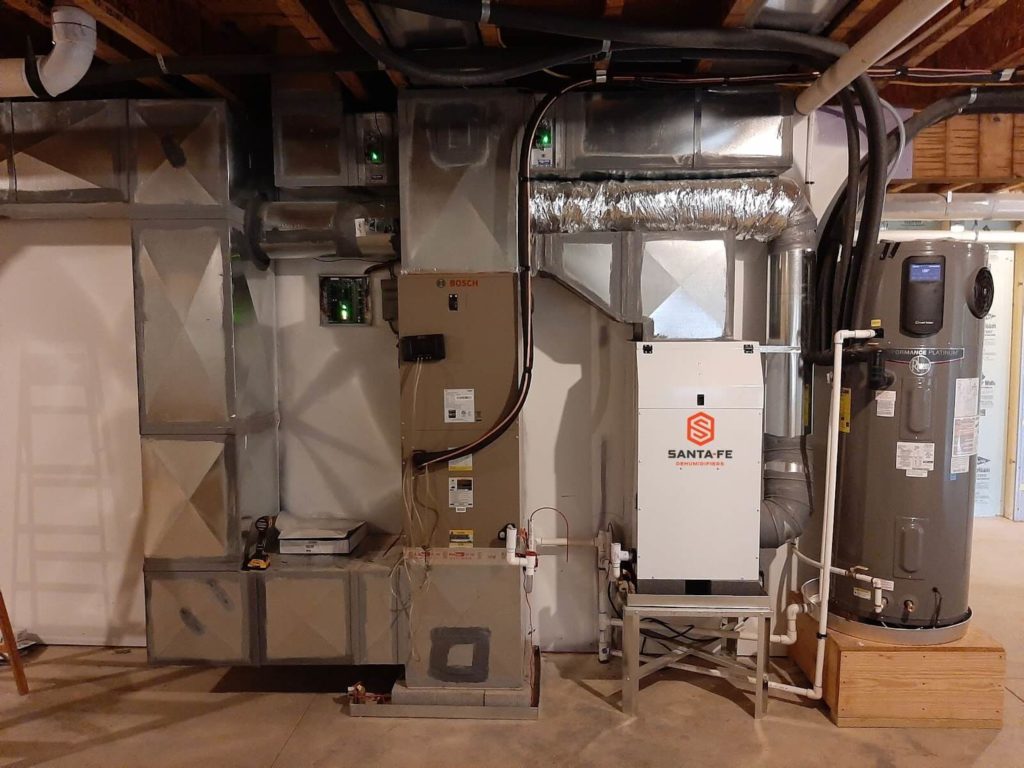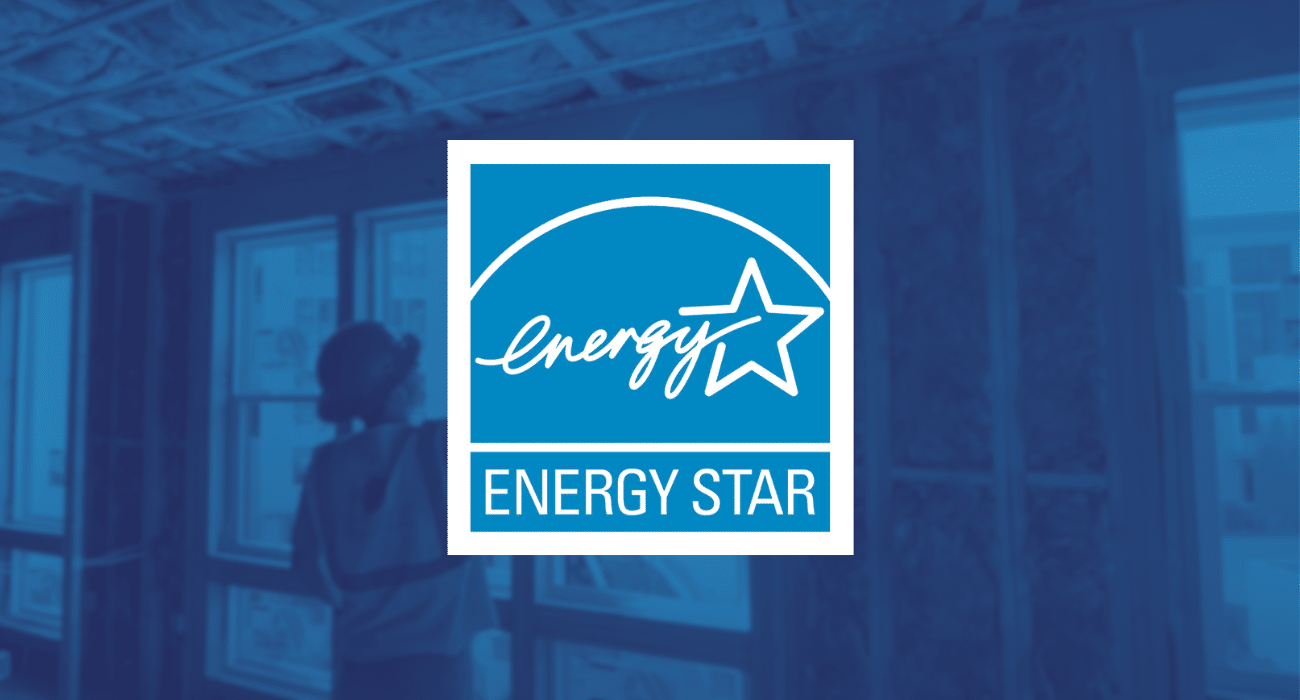- Jamie Hager
- Nikki Krueger
- July 22, 2021
- 9 Minute Read
Topics in This Article
The Struggle is Real
Moisture management issues in high-performance homes
Checkout the full Podcast Interview with Nikki!
The Warning Flag: Condensation
How do you know if you have a moisture management issue? Condensation is the most obvious sign that there is a problem — either too much water in your air or you are overcooling an area.
Where do we see it?
- Vented Crawl Spaces: We see a ton of condensation here because air does not simply come in one vent and automatically out the other. — Stay tuned for another segment on vented crawl spaces and how they’re always going to be a challenge — “I don’t like them, they’re always a risk,” wise words from Jamie.
- Basements: These are also always going to be a challenging spot since any time you’re going down into the ground, you’re going to have vapor pressure, and because it is cooler, there is not a lot of need for air conditioning. Cool surfaces + moisture-laden air = condensation.
- Whole House: Leaky homes let that humid, southern air sneak in wherever it can, creating moisture issues in all kinds of places. Tightening up the house gives us control over where the air gets in and out — but it also means less run time on our air conditioners –great for energy efficiency, but not so great for managing humidity.
“But I don’t actually see any condensation!”
You might have a mold issue and not even see condensation! High relative humidity in a house means there is not only moisture in the air, but we are also moisture-loading the home’s materials. This means all of the materials in the house — like furniture, drywall, wood, and that spray-foamed attic — are absorbing moisture and can be wet enough to support microbial growth. So you may actually end up with microbial issues because of high relative humidity, even if you don’t see it.
It’s also a lifestyle thing — we all breathe, cook, and take a bath. A builder can do absolutely everything correctly, and many little components still add to the relative humidity.
Monitoring is Key
Monitoring is how you will know if you have high relative humidity. Some thermostats do measure relative humidity – but sensors throughout the home are the way to go. Typically, you don’t want a homeowner going out and just buying the cheapest thing because those sensors can be way off. So look into a good monitoring system and make that part of your package. As a homeowner, having a builder say, “We care about your indoor quality. We care about your comfort. We’re going to monitor,” says a lot.
What is relative humidity? Relative humidity (RH) measures water vapor RELATIVE to the temperature of the air. For health and comfort, the recommended RH for 72F is 55%.
Managing Moisture: Ventilation, Filtration & Humidity Control
These are the holy grail for controlling moisture. Ventilation and filtration provide the health aspect while dehumidification not only provides the health, but you also get the comfort, sustainability, durability, as well as the reputation and liability protection that goes along with those.
- Control your thermal envelope
- Bring in new air for indoor health
- Manage the moisture
Dehumidification is a strategy you NEED to have a plan for
Air leakage is the number one contributor to humidity so tighten up that building envelope and control where you are exhausting and supplying air. We know that if we can control how the air comes in and out of the house, then we’ve got a better chance of creating a healthier environment by managing the moisture in that air.
Pro Tip: Variable Speed AC Systems Need Support
What’s important to understand about variable speed is that even with the ability to ramp down, it’s still going to be trying to go toward the temperature more than anything. So you’re not necessarily getting better dehumidification with that system. A tight, well-insulated building envelope maintains air temperature for long periods of time, meaning less run time for your air conditioning system — saving folks energy and money, but not managing the moisture.
Tighter buildings also leak less air, meaning all the moisture generated inside by people breathing, bathing, cleaning, washing, cooking, etc… is trapped in the building. Providing consistent dehumidification and ventilation is no longer the job for the heating and cooling system in a high-performance home.
Ventilating the Right Way
In a humid climate, the exhaust should not be the ventilation strategy.
It can be the most economical, but it’s the riskiest. Some of our leading organizations that determine our ventilation practices are even looking at prohibiting specific types of ventilation strategies in certain climate zones.
What we worry about is negative pressure. When we are constantly exhausting out of the house, what we’re relying on is that the air finds its way in some other way. And because we’re sealing everything up really well, it’s going to find the path of least resistance. We don’t always know what the path of least resistance is, which means you could literally be pulling humid air in by accident.
Adding Positive Pressure
We have so much negative pressure because of things like our bath fans, kitchen hoods, and dryers. It’s important that we try to get a little bit of positive pressure in there. As we bring in fresh air for the occupants, we want to control it and pay attention to what it’s doing to the rest of the house. If we are truly ventilating for the health of the people inside, we don’t ventilate based on conditions outside.
Pro Tip: Balancing Pressure
Typically in the Southeast, slight positive pressure is what we go for. If you do balanced ventilation (an ERV), add a dehumidifier for the entire house. ERVs are not designed to manage humidity, especially in our climate. If for some reason you cannot do a whole-house dehumidifier, we recommend at least one for the basement / underneath the house. If you can just get a good handle on controlling that moisture and then monitoring the rest of the house, that’s a great place to start.
Integrating a Ventilating Dehumidifier
Ventilating dehumidifiers tackle the job the A/C can’t do — provide fresh, dry air for the people and the home all year round. For a deep dive, check out the full podcast of Jamie and Nikki’s conversation at the top of the page!
Here are a few pointers to get started:
- Provide a dedicated return from the house ducted directly to the dehumidifier.
- When connecting to your HVAC System – tie it to the supply side. If you connect the dry air coming out of the dehumidifier to the return side, you risk picking up moisture from the a/c coils and reintroducing that moisture right back into the house. This is a common mistake often made by contractors new to integrating dehumidification equipment.
- Add a backdraft damper where the dehumidifier connects to the supply side of the HVAC system. This prevents the air from coming back through the dehumidifier when the AC is running.
In Summary...
Planning for dehumidification and ventilation strategies early in the project will help to ensure moisture is managed to create healthy, comfortable, and durable homes. Proper air sealing and adding in dehumidifiers are a few ways to mitigate the indoor humidity problems we often see in the Southeast. HVAC sizing is also important to make sure that the selected equipment is capable of maintaining comfortable humidity levels. As experts in efficiency and building performance, we’re always excited to educate and help builders and homeowners get the most out of their homes.
Do you have questions about this strategy? Give us a call or schedule a meeting! We’d be happy to help you get on track.
Ready to Get Started?
Schedule a meeting to review your home performance goals and challenges.
About Us
North Carolina’s solar power and building performance expert. Founded in 2001, we’ve worked for 20+ years to improve the way people make and use energy.

